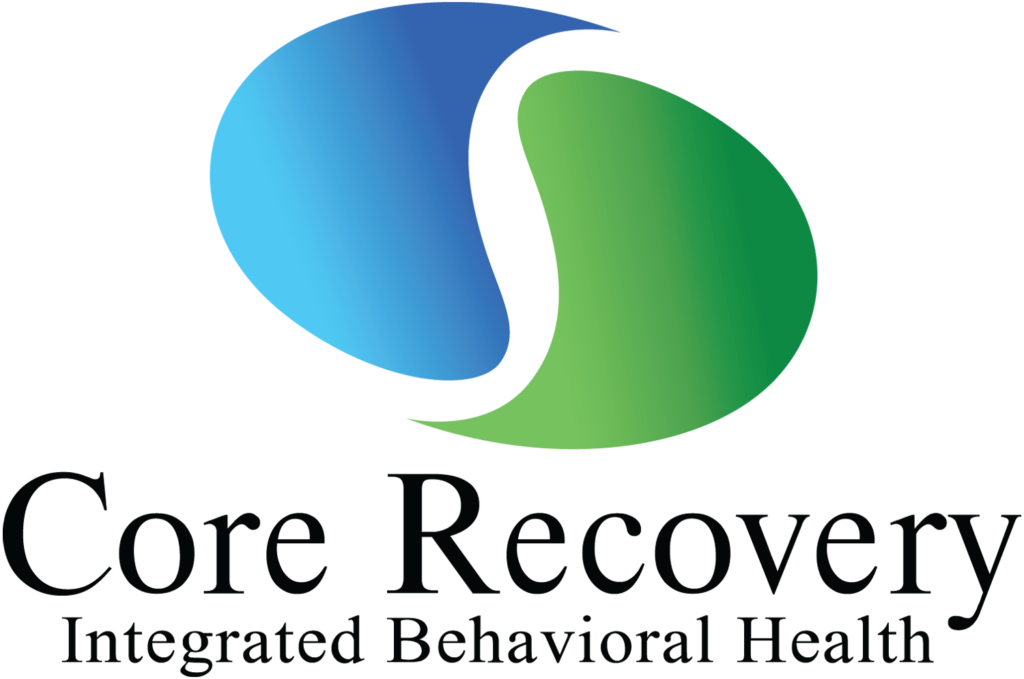Navigating the world of mental health treatment can often feel like a labyrinth of options, decisions, and, perhaps most dauntingly, costs. When it comes to considering a partial hospitalization program (PHP) for yourself or a loved one, understanding the financial implications is crucial. In this comprehensive guide, we delve deep into the financial aspect of PHPs, shedding light on the various expenses involved. From program fees and insurance coverage to additional costs such as medication and therapy sessions, we’ll break down each component to provide you with a clear understanding of what to expect. Whether you’re contemplating enrolling in a PHP or simply seeking information to support a loved one, this breakdown will equip you with the knowledge needed to make informed decisions about mental health care. Let’s unravel the mystery behind the costs of a partial hospitalization program.
Navigating Insurance Coverage for Partial Hospitalization Programs
Understanding the intricacies of insurance coverage can be daunting, especially when it comes to mental health treatment. Partial Hospitalization Programs (PHPs) offer intensive, structured care for individuals struggling with mental health disorders, but navigating insurance coverage for these programs can pose challenges. In this article, we’ll break down the complexities of insurance coverage for PHPs, providing insights and tips to help you advocate for the coverage you need.

Know Your Insurance Plan Inside and Out
Start by familiarizing yourself with the specifics of your insurance plan. Review your policy documents or contact your insurance provider to understand what mental health services are covered, including PHPs. Pay attention to factors such as copayments, deductibles, and out-of-pocket maximums, as these can significantly impact your financial responsibility.
Verify Coverage for Partial Hospitalization Programs
Once you understand the basics of your insurance plan, verify coverage for PHPs specifically. Ask your insurance provider about the criteria for coverage, such as medical necessity requirements and preauthorization processes. Be prepared to provide documentation from your healthcare provider to support the need for PHP services.
Advocate for Coverage
If your insurance plan initially denies coverage for a PHP, don’t be discouraged. Advocate for yourself by appealing the decision and providing additional information as needed. This may include letters from healthcare providers, documentation of past treatment efforts, and explanations of why PHP is the most appropriate level of care for your needs.
Explore Out-of-Network Options
In some cases, PHPs may not be available within your insurance network. If this is the case, explore out-of-network options. While out-of-network care may come with higher out-of-pocket costs, it could still be a viable option depending on your specific circumstances. Be sure to understand your insurance plan’s out-of-network benefits and reimbursement rates.
Seek Financial Assistance
If cost is a barrier to accessing a PHP, explore financial assistance options. Some PHP providers offer sliding scale fees based on income, while others may offer financial assistance programs or payment plans. Additionally, you may qualify for state or federal assistance programs to help cover the cost of mental health treatment.
Assessing the Value of a Partial Hospitalization Program
Partial Hospitalization Programs (PHPs) offer intensive mental health treatment, but their value goes beyond just the price tag. In this article, we’ll explore the key factors to consider when assessing the value of a PHP, helping you make an informed decision about your mental health care.

- Comprehensive Care: PHPs provide a holistic approach to treatment, offering a range of therapeutic interventions, medication management, and support services tailored to individual needs.
- Structured Environment: PHPs offer a structured environment that promotes stability and routine, which can be particularly beneficial for individuals struggling with mental health disorders.
- Therapeutic Support: Participants in PHPs receive regular therapy sessions, both individual and group, providing opportunities for insight, growth, and peer support.
- Transition Support: PHPs often include discharge planning and support to help individuals transition back to their regular daily lives, ensuring continuity of care and ongoing support.
Budgeting for Mental Health: Tips for Affording a Partial Hospitalization Program
Prioritizing mental health is essential, but the costs associated with intensive treatment programs like Partial Hospitalization Programs (PHPs) can be daunting. However, with careful planning and budgeting, accessing the care you need is possible. In this article, we’ll explore practical tips for affording a PHP, ensuring that financial concerns don’t stand in the way of your mental health journey.
Assess Your Financial Situation
Start by taking a comprehensive look at your financial situation. Evaluate your income, expenses, savings, and any existing healthcare coverage. Understanding your financial landscape will help you determine how much you can realistically allocate toward mental health treatment, including a PHP.
Research Different PHP Providers
Not all PHPs are created equal when it comes to cost. Research different providers in your area to compare prices, services offered, and available financial assistance programs. Look for PHPs that offer sliding scale fees based on income or other affordability options to help make treatment more accessible.
Explore Insurance Coverage Options
Review your health insurance policy to determine what mental health services are covered, including PHPs. If you don’t have insurance or your current plan doesn’t cover PHPs, explore alternative insurance options or consider enrolling in a plan through the Health Insurance Marketplace. Understanding your insurance coverage is crucial for budgeting for mental health treatment.
Create a Mental Health Budget
Once you have a clear understanding of your financial situation and insurance coverage, create a dedicated budget for mental health expenses, including PHP costs. Allocate funds for copayments, deductibles, and any out-of-pocket expenses associated with treatment. Consider cutting back on non-essential expenses to free up additional funds for mental health care.
Prioritize Financial Assistance Programs
Many PHP providers offer financial assistance programs to help individuals afford treatment. Research available assistance programs and apply for any that you qualify for. These programs may include sliding scale fees, payment plans, or grants to help offset the cost of PHP services.
Conclusion
Understanding the costs associated with a partial hospitalization program (PHP) is crucial for individuals seeking mental health treatment. By breaking down these expenses, we’ve shed light on the financial aspects of accessing comprehensive care. From therapy sessions to medication management and facility fees, every aspect contributes to the overall cost. However, it’s important to remember that investing in one’s mental health is invaluable, and the benefits of PHP often outweigh the financial considerations.
For more information about our PHP services at Core Recovery in Ahwatukee, AZ, please don’t hesitate to contact us at 602-926-7729. Our dedicated team is here to answer any questions you may have and provide support on your journey towards holistic wellness.





